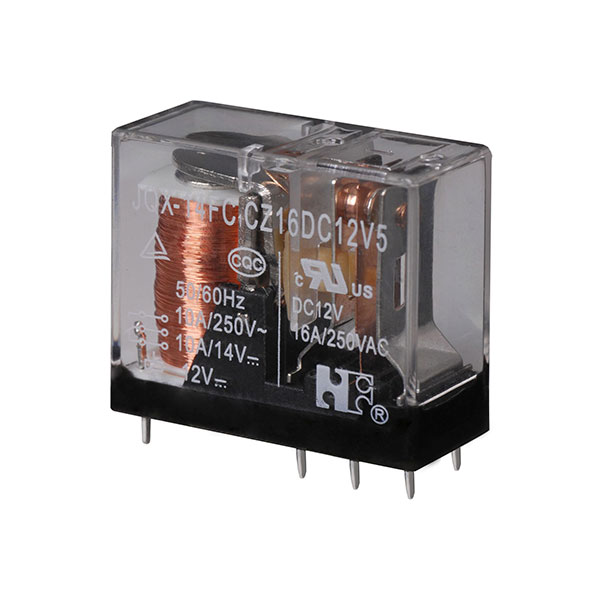How are relays used in industry?
2024-01-10
Relays play a crucial role in various industrial applications, providing control and switching capabilities in electrical circuits. Here's how relays are used in industry:

1. Automation and Control Systems:
- Relays are integral components in control panels and automation systems used in industries such as manufacturing, processing, and production lines. They help control machinery, motors, pumps, valves, and other equipment by switching power or signals on and off.
2. Motor Control:
- Relays are employed in motor control circuits to start, stop, and reverse the direction of electric motors. They protect motors from overload conditions by disconnecting power when current exceeds safe levels.
3. Safety Systems:
- Relays are crucial in safety systems and emergency shutdown circuits. They can be used to trigger alarms, cut power, or activate safety mechanisms in hazardous situations, preventing accidents or damage to equipment.
4. Heating, Ventilation, and Air Conditioning (HVAC):
- In HVAC systems, relays control various functions such as activating heating elements, turning on fans, or regulating air conditioning systems based on temperature or humidity sensors.
5. Power Distribution:
- Relays assist in power distribution by managing the flow of electricity in electrical substations, switchgear, and distribution panels. They help isolate faulty circuits and control the flow of electricity to specific areas.
6. Process Control and Monitoring:
- Relays are used in process control and monitoring systems to regulate and switch signals or power to maintain specific parameters, such as temperature, pressure, or flow rates in industrial processes.
7. Lighting Control:
- Relays are utilized in industrial lighting systems to control the switching of lights based on sensors, timers, or manual controls. They manage lighting in warehouses, manufacturing facilities, and outdoor areas.
8. Test and Measurement Equipment:
- Relays are used in test and measurement applications, such as automated testing equipment and data acquisition systems, to switch between different circuits or test configurations.
Relays offer advantages such as electrical isolation between control and load circuits, allowing low-power control signals to switch higher power loads. They are available in various types, including electromagnetic relays, solid-state relays, thermal relays, and reed relays, each suitable for different industrial applications based on factors like switching speed, voltage, current capacity, and environmental conditions. The specific type of relay chosen depends on the requirements of the industrial application and the desired functionality within the system.


